Thưởng thức bánh bạch tuộc nướng Akashiyaki, mềm và mịn. Món này ban đầu từ người bán hàng rong tên Tomekichi Endo, ông đã thấy món Akashiyaki, một loại bánh bao làm từ bột trứng nổi tiếng ờ quận Hyogo vào năm 1935. Ông đã thử cải biến công thức làm món Akashiyaki, thay bột trứng thành bột mì và chọn bạch tuộc làm nhân bánh vì vùng Biển nội địa Seto là nguồn cung cấp bạch tuộc rất dồi dào. Theo thời gian, món bánh bạch tuộc nướng Akashiyaki đã nhanh chóng chiếm được sự yêu mến của mọi người trên khắp đất nước và thế giới. Sự hiện diện của bánh bạch tuộc nướng tràn ngập trên mọi con phố , nẻo đường, từ các quầy hàng lưu động ở vỉa hè, lễ hội, cửa hàng lưu niệm cho đến những khu vực nghỉ ngơi ngoài đường cao tốc ở Nhật Bản.
Bánh mì cũng là một đặc sản lớn của địa phương. Nhiều người có thể nhướng mày và đặt câu hỏi "bánh mì là đặc sản địa phương như thế nào?" nhưng riêng thành phố Kobe đã có hơn 100 tiệm bánh và mỗi tiệm đều có lượng người hâm mộ của họ. Nhờ có lịch sử là thành phố cảng quốc tế, Kobe đã tiếp xúc với một cộng đồng quốc tế lớn trong hơn một thế kỷ. Trên thực tế, các ghi chép lịch sử cho thấy tiệm bánh đầu tiên được mở ở Kobe vào năm 1869, không lâu sau khi cảng mở cửa cho các thương nhân nước ngoài. Một trong những chuỗi cửa hàng bánh lớn nhất ở Nhật Bản, Donq được thành lập tại Kobe hơn 130 năm trước! Vì vậy, nếu bạn là một người nghiện bánh mì lớn, không có nơi nào tốt hơn để thực hiện một chuyến tham quan bánh mì hơn thành phố Kobe.
Và tất nhiên, nói đến Kobe, không thể không nói đến món ăn nổi tiếng nhất của Kobe: Bò Kobe. Thịt bò Kobe là một món ngon Nhật Bản được đánh giá cao và có lẽ là món ăn đặc sản vùng miền được biết đến rộng rãi nhất ở Nhật Bản. Nó là một trong một số giống bò Wagyu, hoặc gia súc Nhật Bản, được nuôi khắp đất nước và thường gắn liền với khu vực nơi chúng được nuôi. Trong khi Bò Kobe có lẽ là loại wagyu được biết đến nhiều nhất bên ngoài Nhật Bản, thì có rất nhiều giống bò khác, chẳng hạn như Matsuzaka và Yonezawa, nổi tiếng ngang ngửa hoặc thậm chí còn nổi tiếng hơn đối với những người sành ăn Nhật Bản. Thịt bò Kobe được phân biệt là một loại thịt mềm, có hương vị và được trộn lẫn với mỡ. Nó được sản xuất từ giống bò lai Tajima được sinh ra và giết mổ ở tỉnh Hyogo. Bất chấp những lời đồn đại, những con bò thường không được cho uống bia hay xoa bóp bằng rượu sake. Sau khi giết mổ, thịt phải vượt qua một loạt các yêu cầu và chỉ những loại thịt cao nhất với lượng mỡ đặc biệt cao mới có nhãn Bò Kobe, một nhãn hiệu được bảo vệ nghiêm ngặt. Thịt bò Kobe thường được phục vụ như bít tết, shabu shabu (những lát thịt mỏng được luộc nhanh trong nước dùng) hoặc sukiyaki (những lát thịt được ninh trong nồi lẩu). Một trong những cách tốt nhất để thưởng thức Bò Kobe là tại nhà hàng teppanyaki, nơi đầu bếp nướng thịt trên đĩa sắt trước mặt thực khách. Giá cả khác nhau tùy theo cơ sở, nhưng bạn có thể phải trả vài nghìn yên cho một trăm gram thịt bò, trong khi một bữa ăn đầy đủ tại nhà hàng teppanyaki thường có giá từ 8.000 đến 30.000 yên / người.
Nhiều nhà hàng bít tết trong thành phố phục vụ Bò Kobe, nhưng không có nơi nào tốt hơn để trải nghiệm món ngon hơn tại Mouriya, một nhà hàng bít tết đã phục vụ cư dân từ năm 1885. Nhà hàng chỉ phục vụ những miếng thịt được chọn lọc và mang đến cho thực khách hai sự lựa chọn: Bò Kobe và Thịt bò được chọn lọc nghiêm ngặt của Mouriya được cắt ra từ những con bò có chất lượng gần với những người anh em nổi tiếng của nó. T Mouriya Honten là nhà hàng nổi tiếng ở Kobe và bạn nên tranh thủ lấy chỗ ngồi ở quầy dành cho hàng ghế đầu để xem bữa ăn của mình đang được chế biến tài tình thế nào.

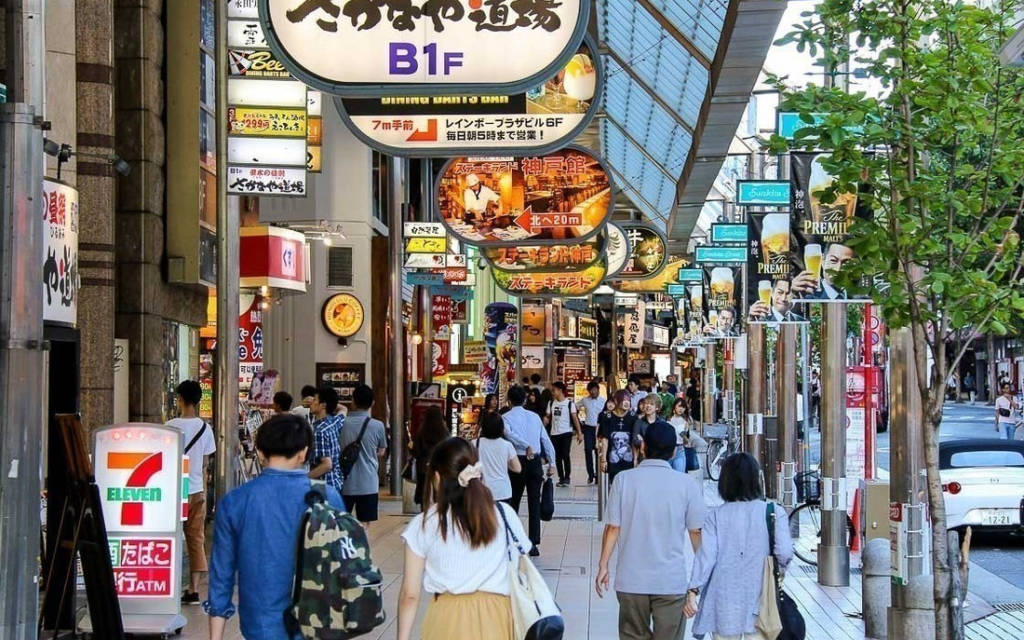
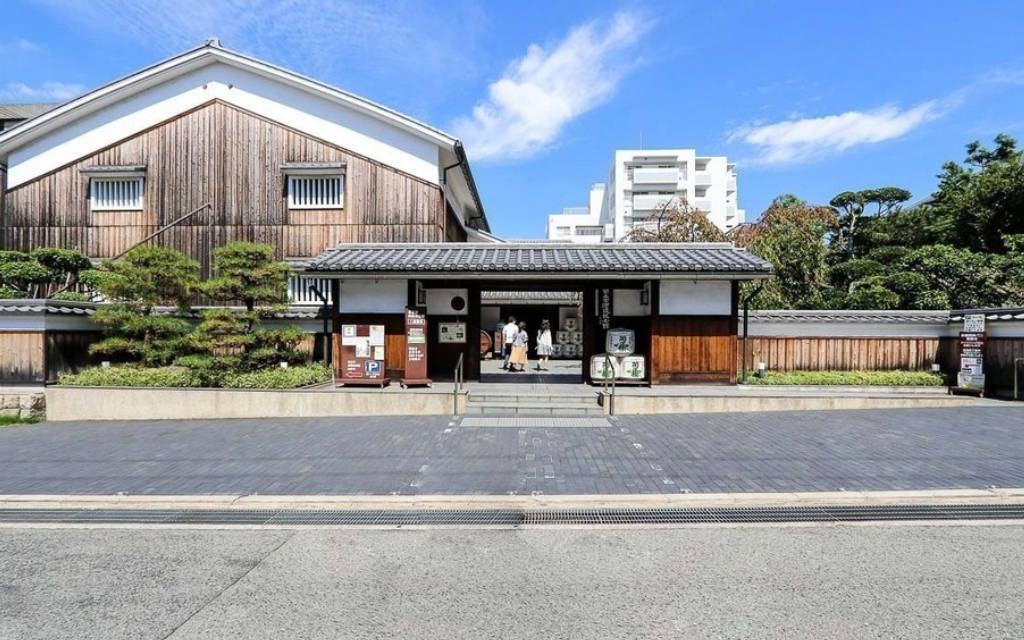
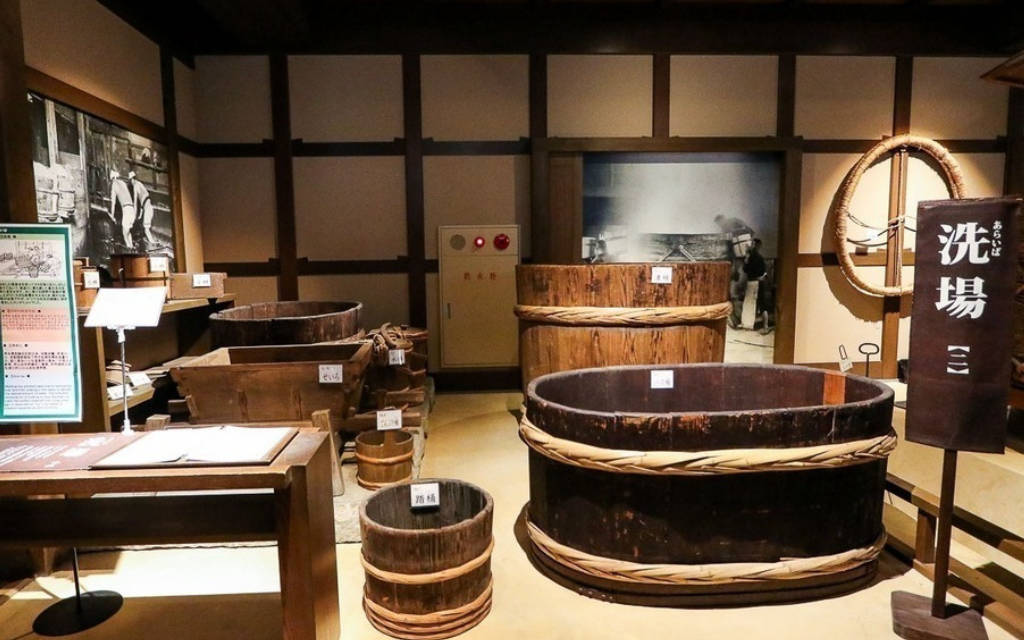
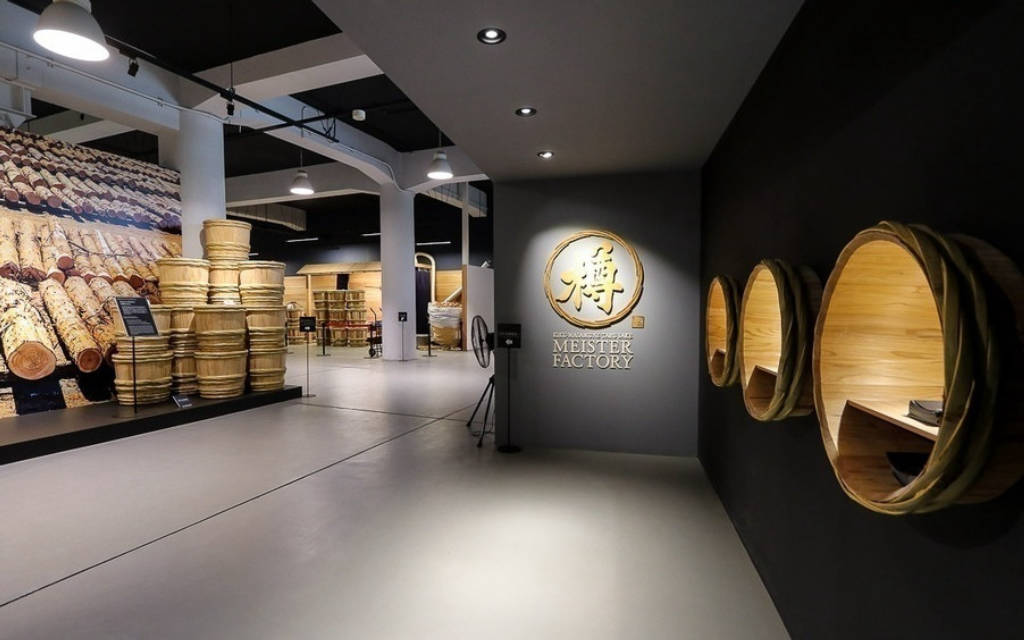
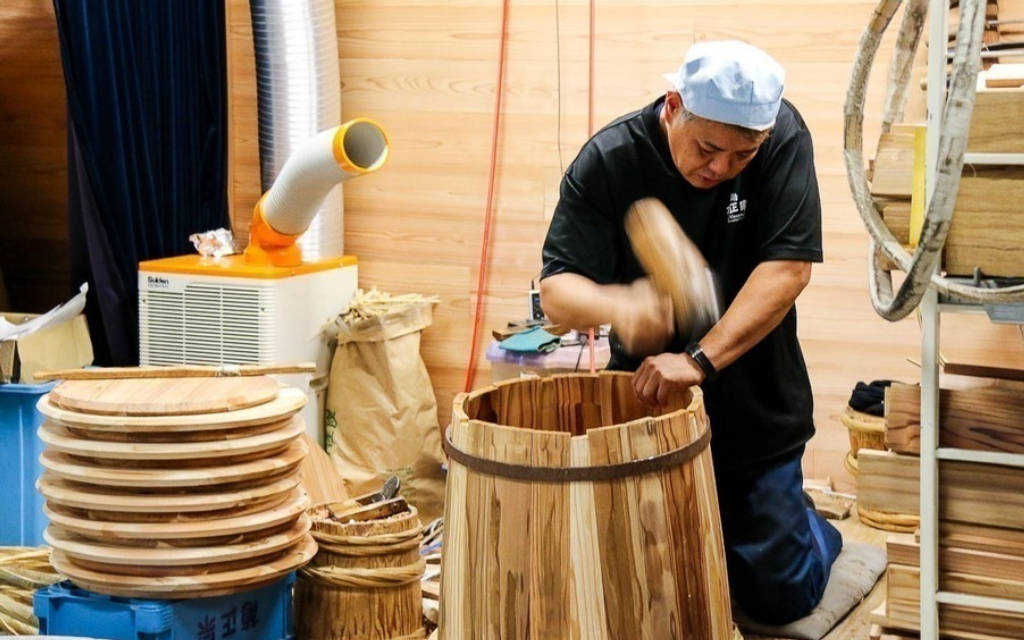
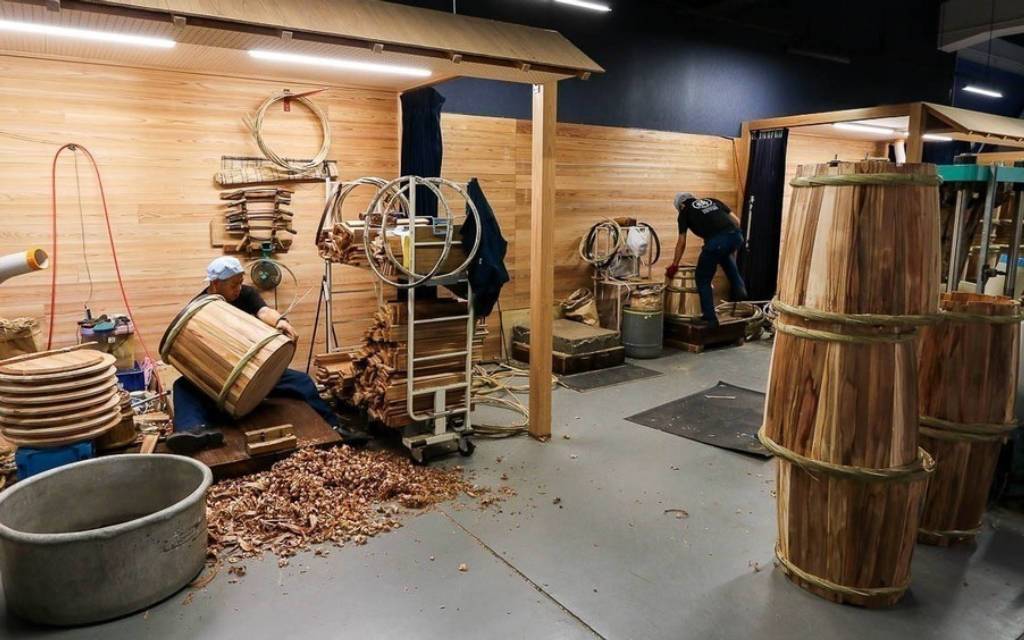
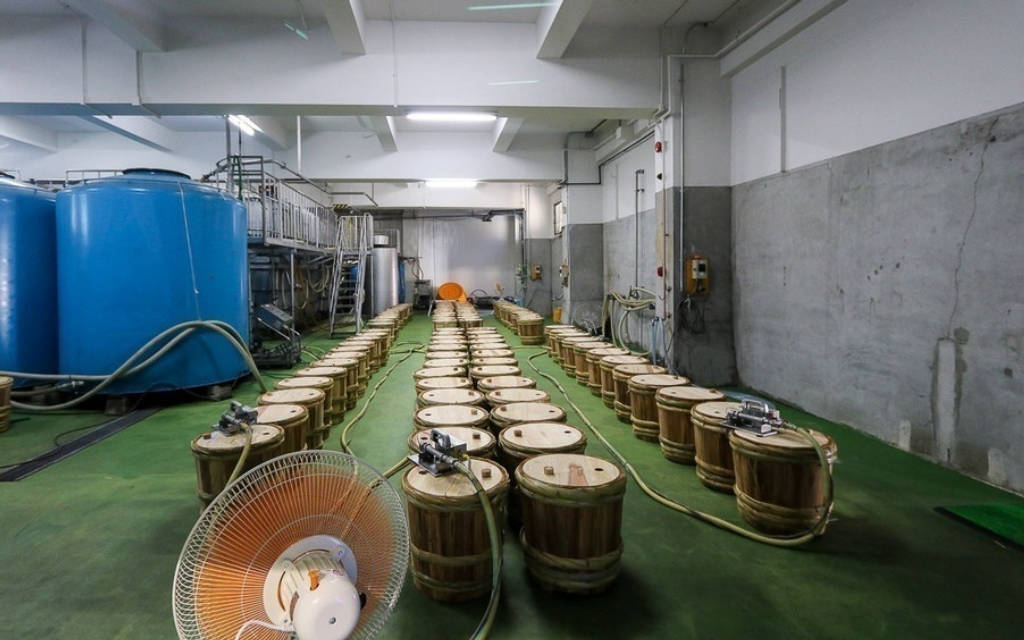
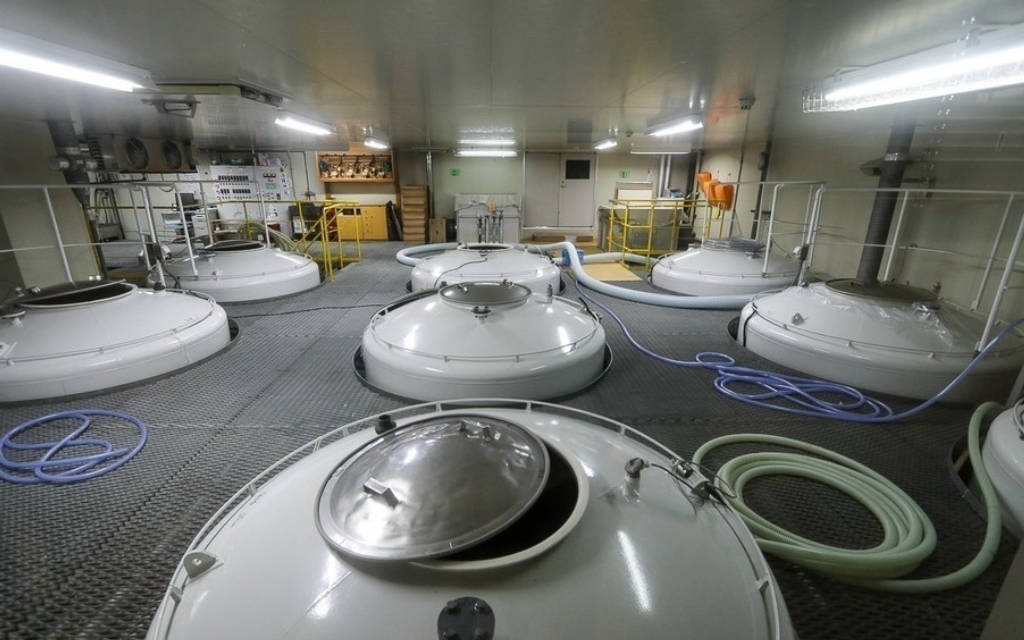
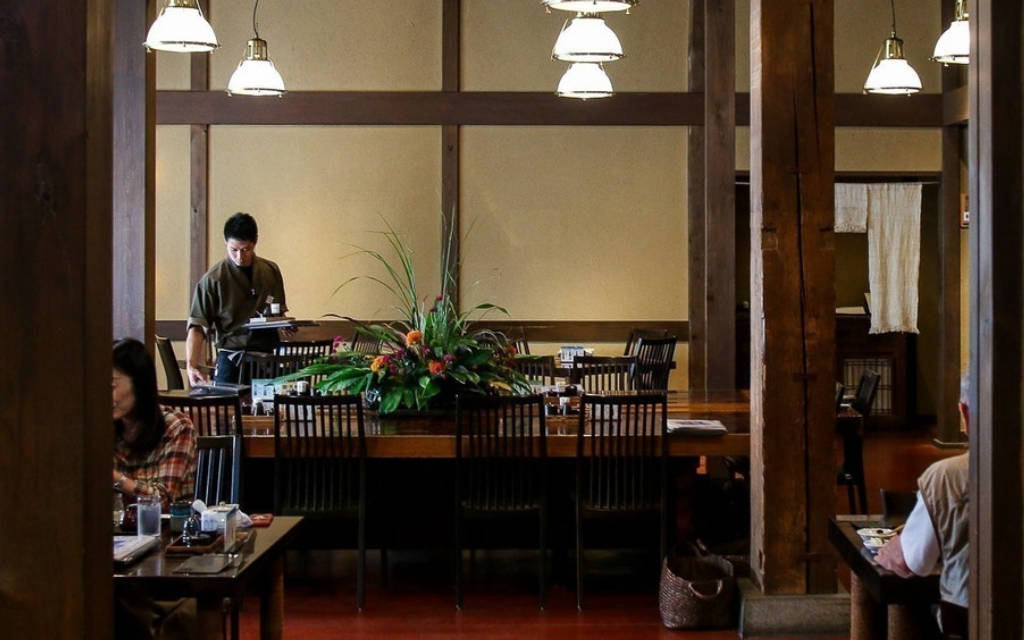
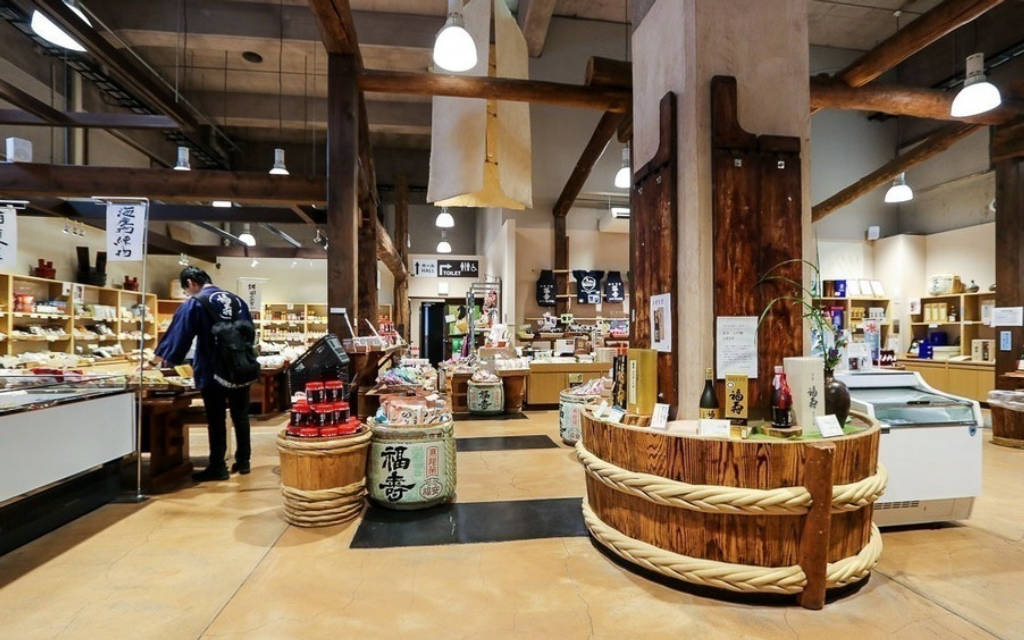
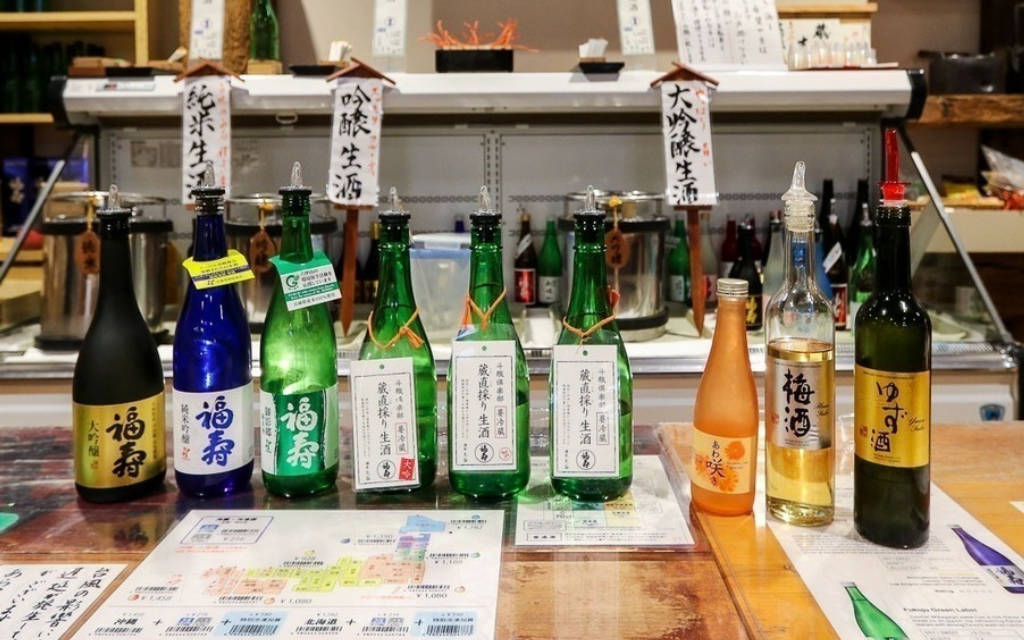
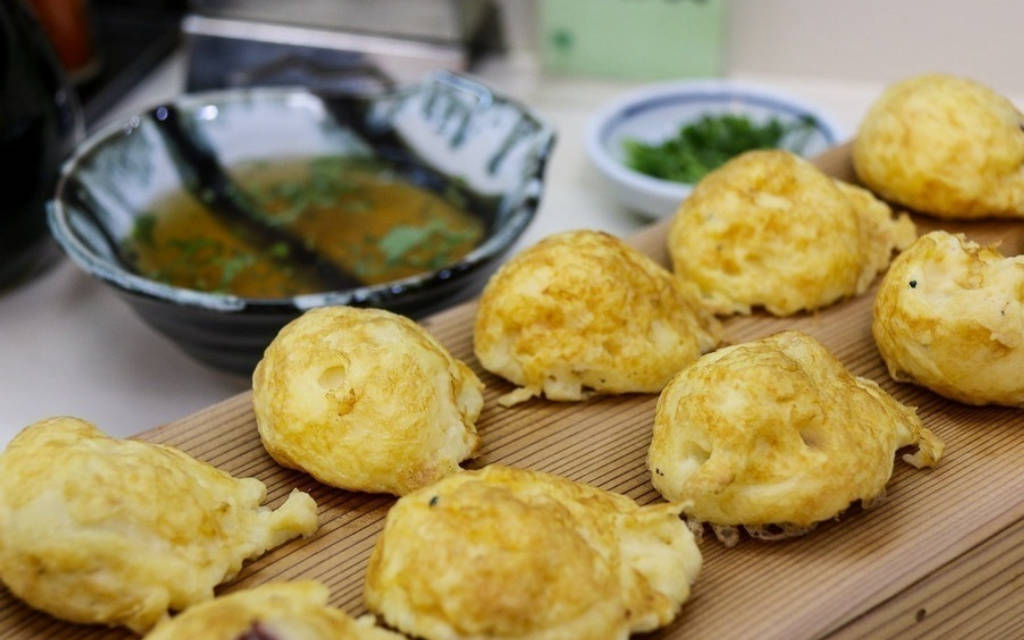
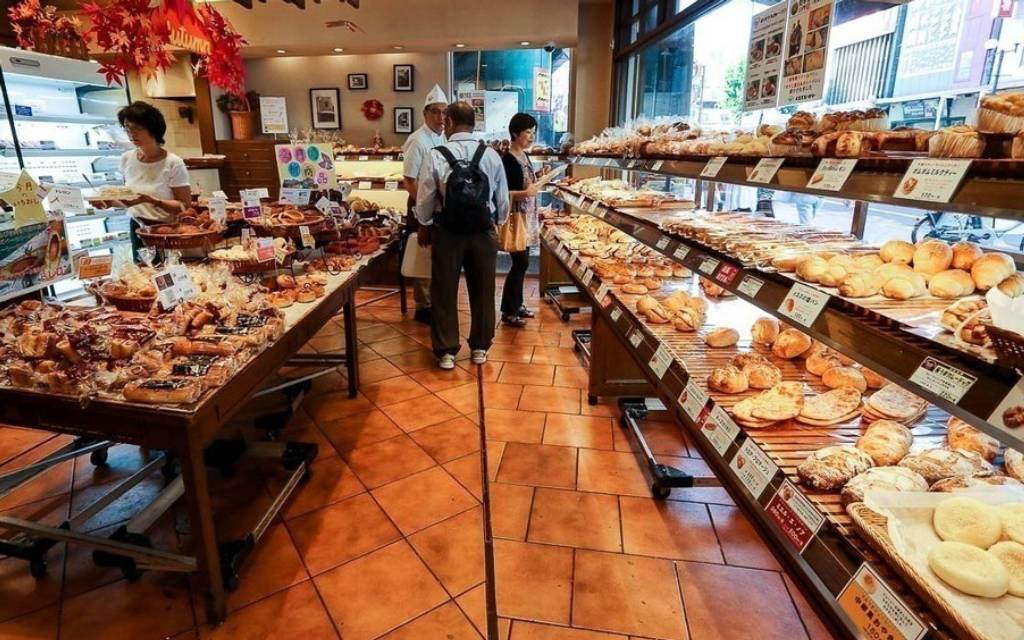
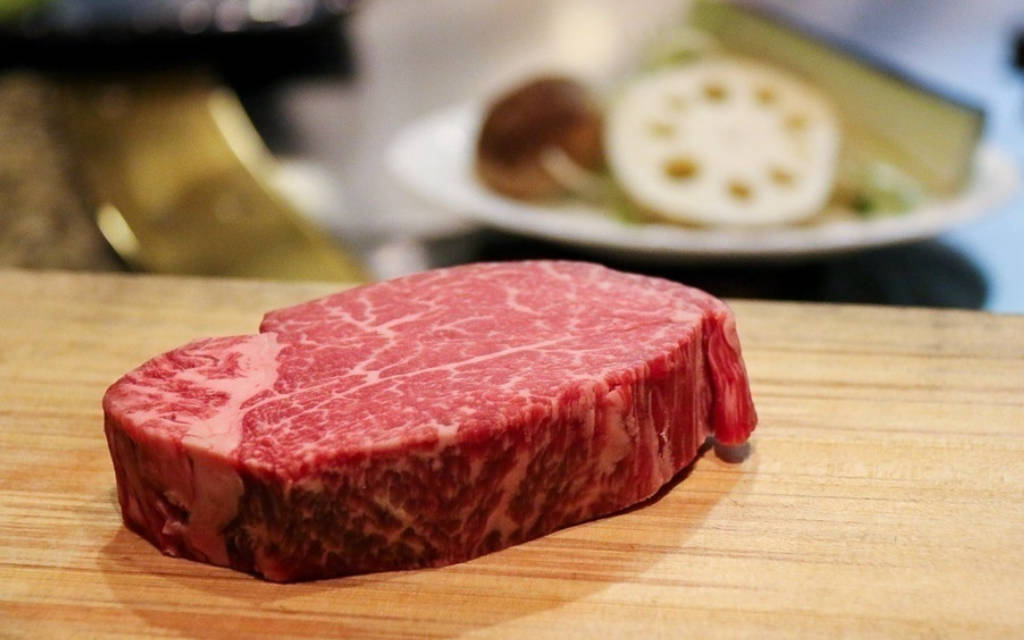
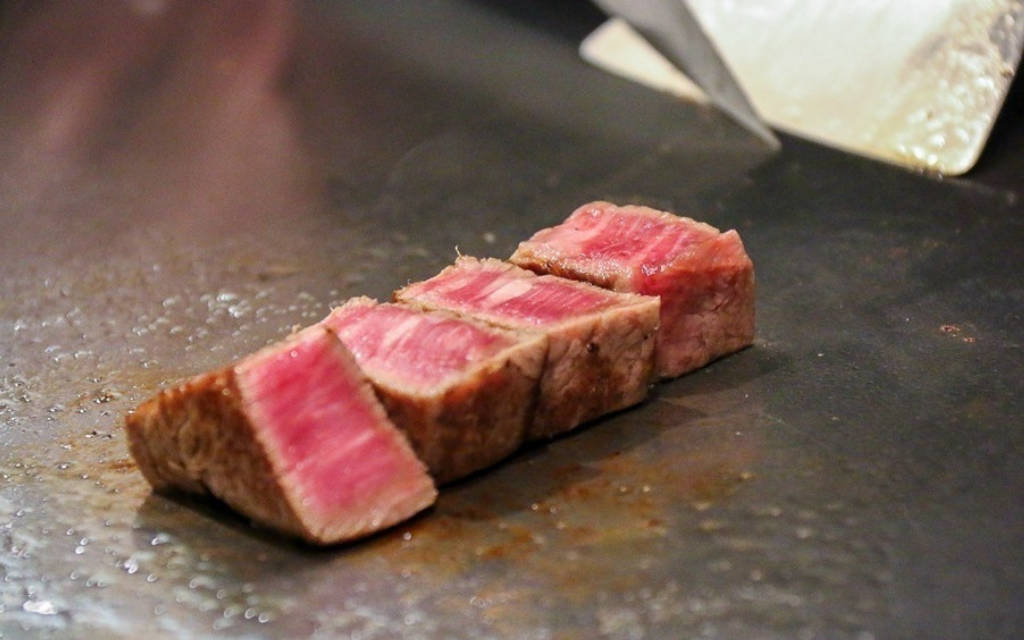















 Osaka - Nhật Bản
Osaka - Nhật Bản